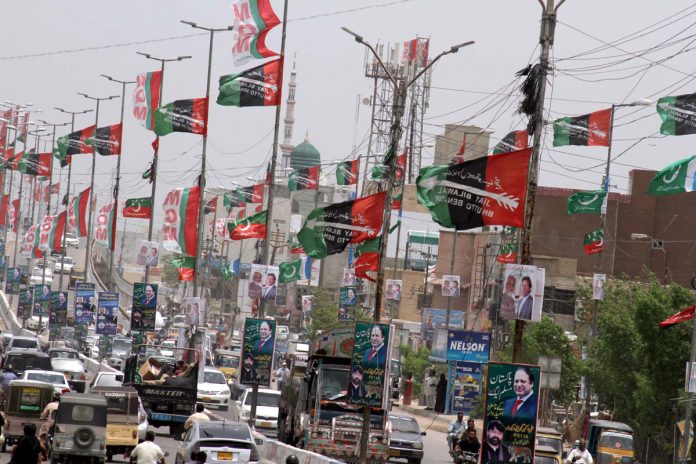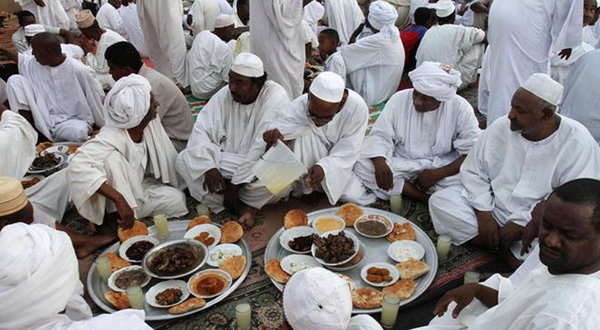Khyber Pakhtunkhwa has had a unique electoral history, at least since 2002, when a so-called ‘wave’ brought the Muttahida Majlist-i-Amal (MMA) into power, followed by the Awami National Party (ANP) and then the Pakistan Tehreek-i-Insaf (PTI).
Of the total 5,476,001 votes polled in the 2013 election, the PTI received 1,040,344 votes from KP, making it the largest political party in the province — with 34 seats.
Former KP chief minister Pervez Khattak deserves credit for moving swiftly after the election to cobble up a coalition comprising the Jamaat-i-Islami, the Qaumi Watan Party, the Awami Jamhouri Ittehad Pakistan and some independents. Had he not done that, the Jamiat Ulema-i-Islam Fazl (JUI-F) — with 13 seats — could have roped in the Pakistan Muslim League-Nawaz’s (PML-N) 12 lawmakers and JI’s seven MPAs to form a coalition government with other small parties in the KP Assembly. It was an opportunity denied and an opportunity seized. But that was then. What’s next?
Based on statistical data, although the two parties contested elections from their respective platforms and fielded candidates against each other, the JUI-F and the JI together polled 1,116,395 votes in the 2013 elections.
The statistics are both revealing and shocking. If the two parties had fielded joint candidates in 2013, their alliance would have won 12 more seats than what they were able to clinch in their individual capacity. This would have taken their tally of total seats in the KP Assembly to 32, just two seats short of the PTI’s.
In fact, in some constituencies, the winning margin between the two right-wing parties and the PTI was so narrow that it could potentially create problems for the PTI in the 2018 elections. The coming together of the JUI-F and the JI, in addition to other small religious groups, under the umbrella of the MMA, should therefore be alarming for the PTI.
Both sides are aware of their strengths and vulnerabilities. The JUI-F, having tried and failed in convincing former prime minister Nawaz Sharif to help it topple the PTI government, came to the realisation that it needed to revive the defunct MMA to take a real aim at the citadel in Peshawar.
For some reason, the PTI did not show interest in taking the JI along, despite overtures by the latter. This, according to a senior PTI figure, may have to do with Imran Khan’s personal discomfort and uneasiness in working with Sirajul Haq.
Having abandoned the idea of forming an alliance with the JI, the PTI turned to the “father of the Taliban”, the octogenarian Maulana Samiul Haq to counter the MMA. The Rs557 million dole-outs by Mr Khattak to the maulana’s sprawling madrassah in Akora Khattak were aimed at keeping him in good humour and to curry political favour.
Having said this, the outcome of the 2018 elections for both sides will largely depend on a host of other factors including seat adjustments. The MMA — more so the JUI-F and the JI — have yet to work out a seat adjustment formula. The PTI is facing the more formidable challenge of dealing with dissent within to be able to run an effective campaign.





